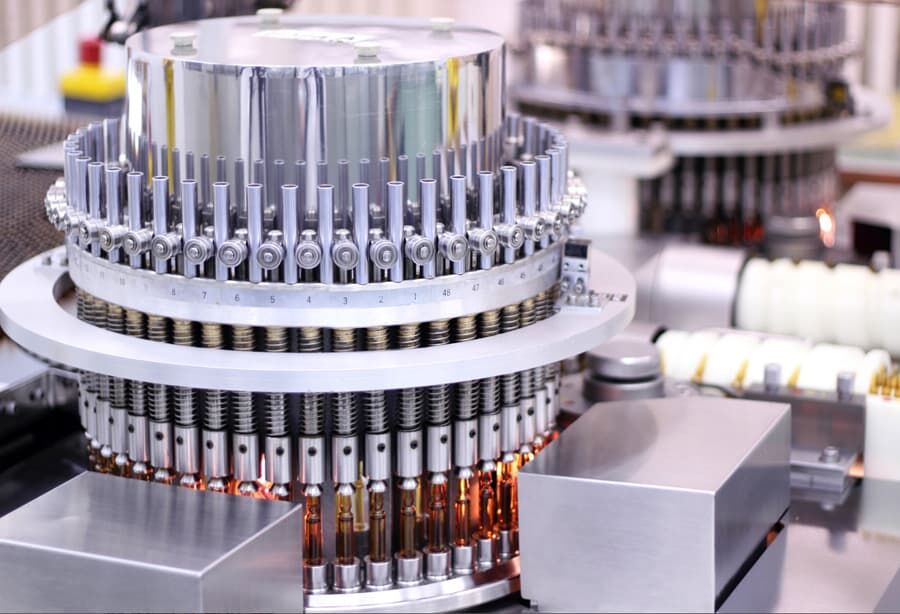Hastelloy G30 alloy pipe is one of the few grades of nickel-iron-chromium-molybdenum-copper alloy with a chromium content greater than 30%. Due to the composite effect of the ingredients, it has extremely strong corrosion resistance in solutions such as H2SO4 and HNO3. The good sensitization resistance of this alloy allows it to be used directly after welding in Taijinshu chemical processing. The main application areas are equipment and components for wet H3PO4 production and processing.
Specifications |
In stock, can be customized according to customer requirements |
Form |
Plate, rod, pipe, wire |
Classification |
Hastelloy |
% |
C |
Si |
Mn |
P |
S |
Cr |
Mo |
W |
Fe |
Cu |
Nb+Ta |
Co |
Ni |
Min |
≤0.03 |
≤0.8 |
≤1.5 |
≤0.004 |
≤0.02 |
28.5 |
4.0 |
1.5 |
13.0 |
1.0 |
0.3 |
≤5.0 |
Balance |
Max |
- |
- |
- |
- |
- |
31.5 |
6.0 |
4.0 |
17.0 |
2.4 |
1.5 |
- |
- |
Density |
Melting point |
Specific heat capacity |
Thermal conductivity |
8.22g/cm3 |
1350~1370℃ |
388~619J/kg.K |
10.2~16.7 W(mK) |
Hastelloy G30 alloy pipeis a high-chromium alloy, so it has good corrosion resistance in strong acidecorrosive media containing F, CL, and other oxidizing impurities. It is mainly used in wet H3PO4 production and processing and HNO3 plus HF pickling equipment and components. Hastelloy G30 alloy pipe has corrosion resistance, good processability, and high strength, so it is also an optional structural steel for sour oil and gas wells. The main application areas of Hastelloy G30 alloy pipe are equipment and components for wet H3PO4 production and processing.
Hastelloy G30 alloy pipewelding process:Hastelloy G30can be welded with various welding processes, such as tungsten electrode inert gas shielded welding, plasma arc welding, manual sub-arc welding, metal pole inert gas shielded welding, and melting pole inert gas shielding weld. Before welding, the material needs to be in an annealed state to remove scale, oil stains, and various marks and marks. A wide area of about 25mm on both sides of the weld needs to be polished to a bright metal surface. Use low heat input, and the interlayer temperature does not exceed 150°C.

The manufacturing process of stainless steel and alloys involves multiple steps to transform raw materials into flat,rectangular sheets or plates made of stainless steel and alloys. Here are a few key steps for stainless steel and alloys:

Molten stainless steel and alloys are cast into large ingots or billets through a casting process.

During the hot rolling process,the thickness of the steel ingot is gradually reduced and elongated to form long strips or coils.

Annealing involves heating stainless steel and alloys to a specific temperature and then slowly cooling it.

Cold rolling is carried out through rolling mills to reduce thickness to meet customer specifications.
Wuxi Walmay Metal Co,Ltd is a comprehensive processing group of Alloy Steel、Forged Parts Fitting、Titanium Alloy、Stainless Steel、Special Welding Wireseries, and more than 800 specifications.
Our group has been engaged in the domestic and global market for more than ten years with rich steel experience and can offer professional advice for customers inapplications with different materials.
Machine cutting
Sheet cutting
plasma cutting
Dynamic waterjet cutting
sawing
Plank leveling
polishing
laser cutting
laser cutting
production cutting
Long product cutting
Bar and structural cutting
polishing
Heat treatment and annealing: Wuxi Walmay Metal can heat treat certain 400 series stainless steels.
Material Reliability Identification (PMI): Wuxi Walmay Metal can complete this testing in-house.
Ut Testing: Ultrasonic testing (UT) uses high-frequency sound energy to inspect and measure stainless steel products.
Our professional sales team answers your questions within 24 hours.
Copyright © Wuxi Walmay Steel Co.,Ltd All Rights Reserved